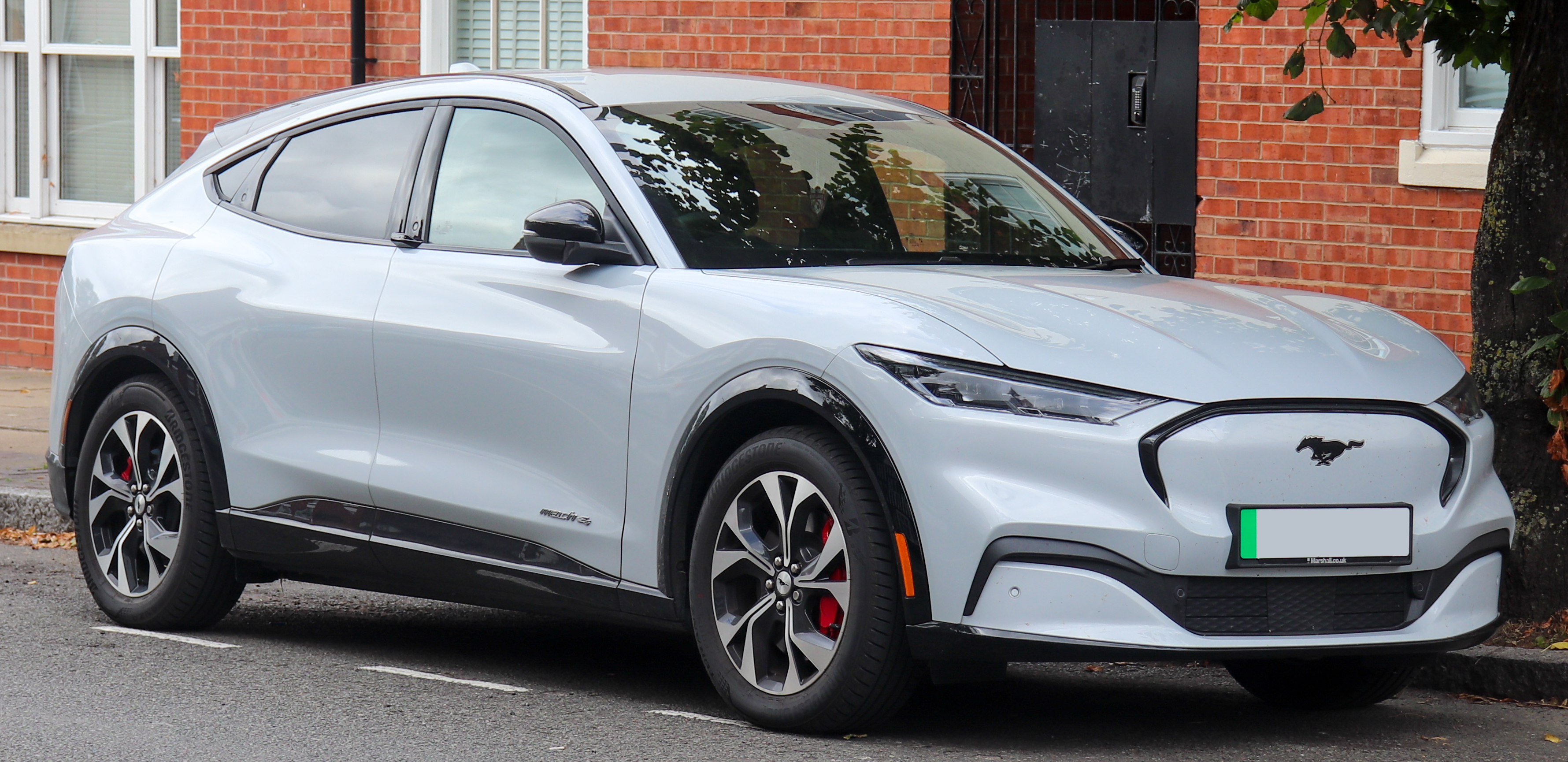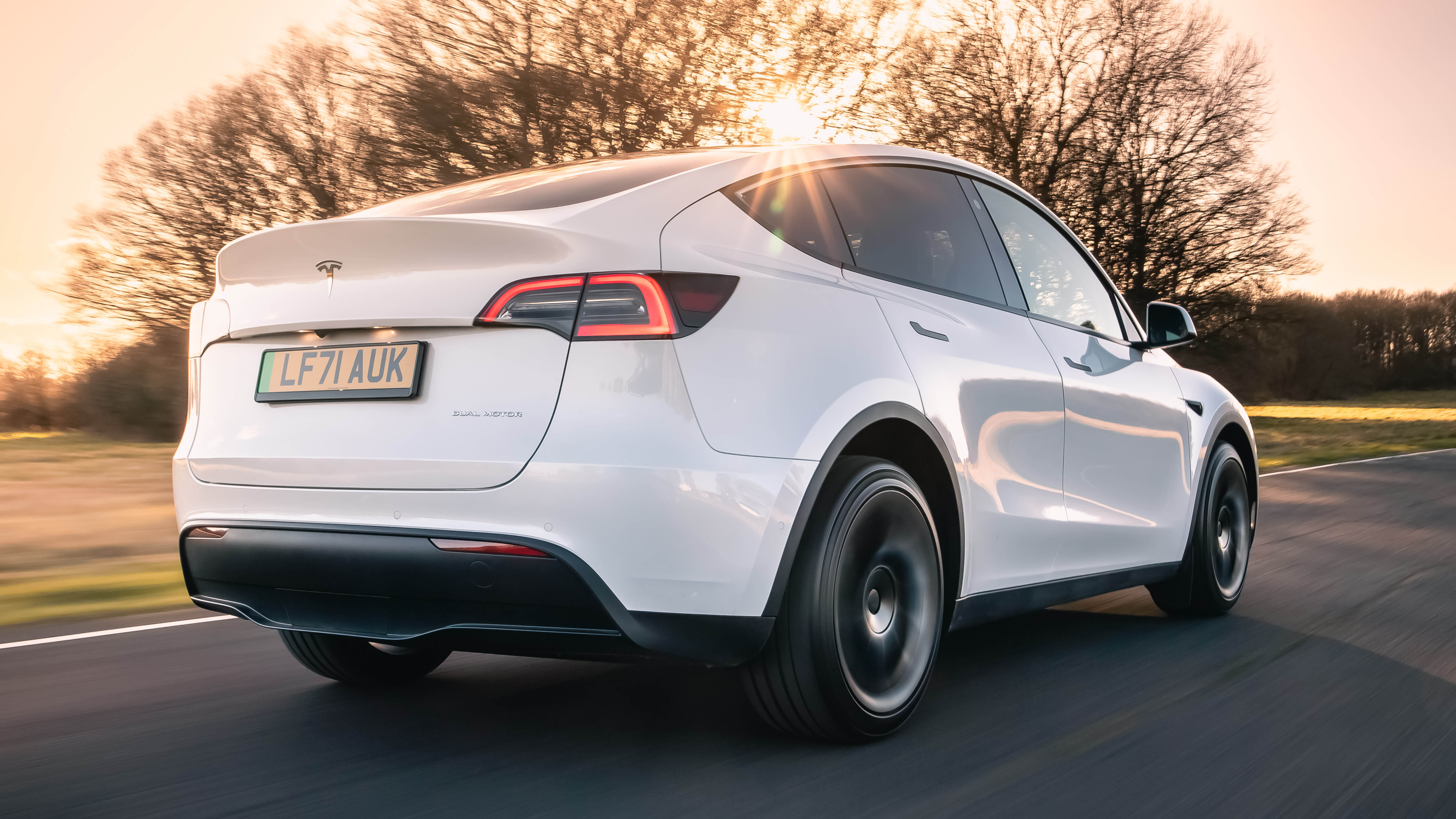Ford, an iconic American car brand that has left an indelible mark on the automotive industry. From producing best-selling vehicles like the F-150, the Mustang, and the Explorer, Ford has always been at the forefront of innovation. In recent years, they’ve taken bold steps towards a greener future, investing heavily in electric vehicles to compete with the likes of Tesla.
Among Ford’s ventures into the electric realm, they’ve introduced some promising models, such as the F-150 Lightning truck and the Mustang Mach-E crossover. However, despite their efforts, Ford faces a significant challenge with the Mustang Mach-E, touted as their answer to Tesla’s Model Y.
Let’s explore the factors contributing to the underwhelming sales of the Mustang Mach-E, but before we delve into that, there’s a crucial aspect to address: its name. Unveiled in November 2019 as Ford’s inaugural all-electric crossover, the Mustang Mach-E was an ambitious move by the company. By incorporating the revered Mustang nameplate, typically associated with a powerful muscle car known for its speed and roaring engine, Ford aimed to capitalize on the brand’s popularity and legacy to attract electric vehicle customers.
However, this decision to label an electric SUV with the Mustang name left many bewildered. It seemed like a bait-and-switch tactic that caused considerable confusion. Customers had expected the classic Mustang experience but found themselves confronted with an electric crossover instead.
Despite the confusion surrounding its branding, the Mustang Mach-E garnered positive reviews from both critics and consumers when it hit the market in December 2020. It boasted impressive features, including a range of up to 305 miles on a single charge, an astonishing 0 to 60 time of as little as 3.5 seconds, and a starting price of $42 ,995 before incentives.
Ford’s highly anticipated entry into the EV market, the Mustang Mach-E, was expected to pose a significant challenge to Tesla’s Model Y and Model 3. However, reality has painted a different picture for Ford, as the Mustang Mach-E’s sales have fallen short, struggling to keep up with its rivals.
In 2022, Ford managed to sell 39,458 Mustang Mach-Es in the U.S., marking a 45% increase from the previous year, according to Car Figures. While this might seem positive, it pales in comparison to Tesla’s remarkable numbers, with the Model Y selling 162,000 units and the Model 3 selling 138,100 units during the same period. In fact, during Q3 2022, the Mustang Mach-E could only secure the fourth spot among mainstream EVs sold in the U.S., trailing behind the Tesla Model Y, Model 3, and Chevrolet Bolt EUV.

One of the reasons behind the Mustang Mach-E’s underwhelming performance seems to be its direct competition with Tesla. Tesla’s strong brand image, loyal fan base, and superior technology have made their Model Y and Model 3 the top choices for consumers. These Tesla EVs offer better range, performance, and features compared to the Mustang Mach-E.
Another factor impacting the Mustang Mach-E’s sales is its higher price point. The long-range Model Y starts at approximately $49,870, whereas the extended-range Mustang Mach-E’s price begins at $56,995. Even with recent price reductions, the cost disparity remains significant, making Tesla’s established models more attractive to cost-conscious customers.
Tesla’s substantial advantage in charging infrastructure also plays a role in its dominance. With over 25,000 Superchargers distributed across the country, Tesla EVs offer a more convenient and accessible charging experience than Ford’s limited network, which currently only has about 13,000 chargers. Though Ford has secured a deal to utilize Tesla’s infrastructure by 2024, this advantage is not yet in effect.
Furthermore, the Mustang Mach-E is grappling with a lack of consumer awareness, which presents a significant hurdle to its success. According to a survey conducted by Cox Automotive, only 44% of potential EV buyers were familiar with the Mustang Mach-E, while a staggering 83% were aware of Tesla’s Model Y. Moreover, when it comes to considering a purchase, only 23% of respondents expressed interest in a Ford EV, compared to 55% for a Tesla.
The challenges don’t end there; the Mustang Mach-E is also contending with production and supply chain issues that have adversely impacted its availability and quality. Several units had to be recalled due to software glitches that rendered them inoperable at times. Additionally, the global chip shortage has disrupted Ford’s manufacturing operations, leading to reduced output. Surprisingly, despite a 134% increase in production of Mustang Mach-Es in Q3 2022 compared to the same period in 2021, sales only amounted to 44% of the produced units. This indicates that just 1 out of 3 Mustang Mach-Es manufactured this year has found a buyer.
Furthermore, Mach-E faces external challenges that have dampened the demand for EVs in general. Rising interest rates have escalated financing costs for car buyers, making it harder for consumers to afford new vehicles, including electric ones. Affordability significantly influences consumer decisions, and Ford’s inability to match Tesla’s price reductions has further weakened its position in the market. As Tesla continuously improves its pricing strategies, Ford’s competitiveness suffers in comparison.
Ford faces several challenges that have impacted its EV sales, including the decline in gas prices, regulatory uncertainty, and overall market dynamics. The drop in gas prices has made conventional vehicles more appealing to consumers concerned about fuel costs. Additionally, regulatory uncertainties surrounding EV tax credits, emission standards, and charging infrastructure rollout have created confusion and hesitation among potential EV buyers. These factors collectively contributed to Ford’s disappointing EV sales in May 2022.

InsightEVs reported that Ford sold only 5,407 electric vehicles in North America during May, representing a significant 37% decrease from April and an 11% drop from May 2021. Specifically, sales of the Mustang Mach-E reached only 1,945 units, declining by 39% from April and 32% from May 2021. In stark contrast, Ford’s gasoline-powered vehicle sales surged, totaling over 161,000 units in the same month. In the crucial Chinese market, the world’s largest for EVs, Ford’s market share also experienced a decline, with only 25,000 vehicles sold in May, marking a 24% decrease compared to the previous year.
Ford’s challenges with the Mustang Mach-E are not exclusive to the company alone; legacy automakers, in general, are navigating the shift towards electric vehicles in an ever-changing market. However, Ford’s situation is particularly concerning due to the notable gap between product offerings and sales performance. To reverse this trend, the automaker must take swift action and strategize effectively in the rapidly evolving EV landscape.
To bolster Mustang Mach-E sales and stand up to Tesla’s competition, Ford has implemented a series of strategic moves aimed at enhancing its competitive position in the EV market.
Firstly, Ford initiated a significant round of price cuts across the entire Mach-E range. By reducing prices on various models, including the standard-range variants and the booshigh-performance GT edition, Ford aims to attract customers who may have been discouraged by the Mach-E’s relatively higher price point.
Moreover, Ford made a bold and groundbreaking decision to improve its charging infrastructure. CEO Jim Farley forged a deal with Elon Musk, allowing Ford EV owners to access Tesla’s extensive Supercharger network. This move directly addresses a key concern among potential buyers: range anxiety. By providing access to Tesla’s Superchargers, Ford significantly enhances the convenience of owning and operating a Mustang Mach-E. This also positions Ford as the first legacy carmaker to take such a step.
In addition, Ford prioritized one of the critical aspects of electric vehicles—the battery. The company transitioned to lithium-ion phosphate batteries for its standard-range models. These batteries are more resilient to thermal issues and require less crash protection, resulting in more space being dedicated to cells at the pack level. This advancement not only improves the safety of the vehicles but also enhances their fast-charging capabilities.

Similarly, Ford has placed a strong emphasis on elevating the performance of the Mustang Mach-E. Across various models, notable performance upgrades have been introduced, increasing both range and power. For instance, the all-wheel-drive standard-range model received a substantial 45 horsepower boost, resulting in an improved range. This aligns with Ford’s strategy to deliver a high-quality driving experience that matches, or even surpasses, what customers would expect from a conventional gas-powered vehicle.
Furthermore, Ford has been actively promoting its hands-free highway driving assist feature, known as BlueCruise. By offering a 90-day free trial of this advanced tech capability to all new Mach-E customers, Ford aims to showcase the vehicle’s cutting-edge technology. This not only underscores Ford’s commitment to providing a more eco-friendly mode of transportation but also emphasizes its dedication to ensuring a ride that is convenient, comfortable, and technologically advanced. By focusing on aspects such as cost, battery life, technology, performance, and advanced driving features, Ford demonstrates its determination to adapt and meet the evolving needs of its customers.
Despite facing significant challenges, Ford is making dedicated efforts to elevate the market position of the Mustang Mach-E and compete head-to-head with industry leader Tesla. However, the ultimate success of these measures in reversing the Mach-E’s sales trajectory remains to be seen.
